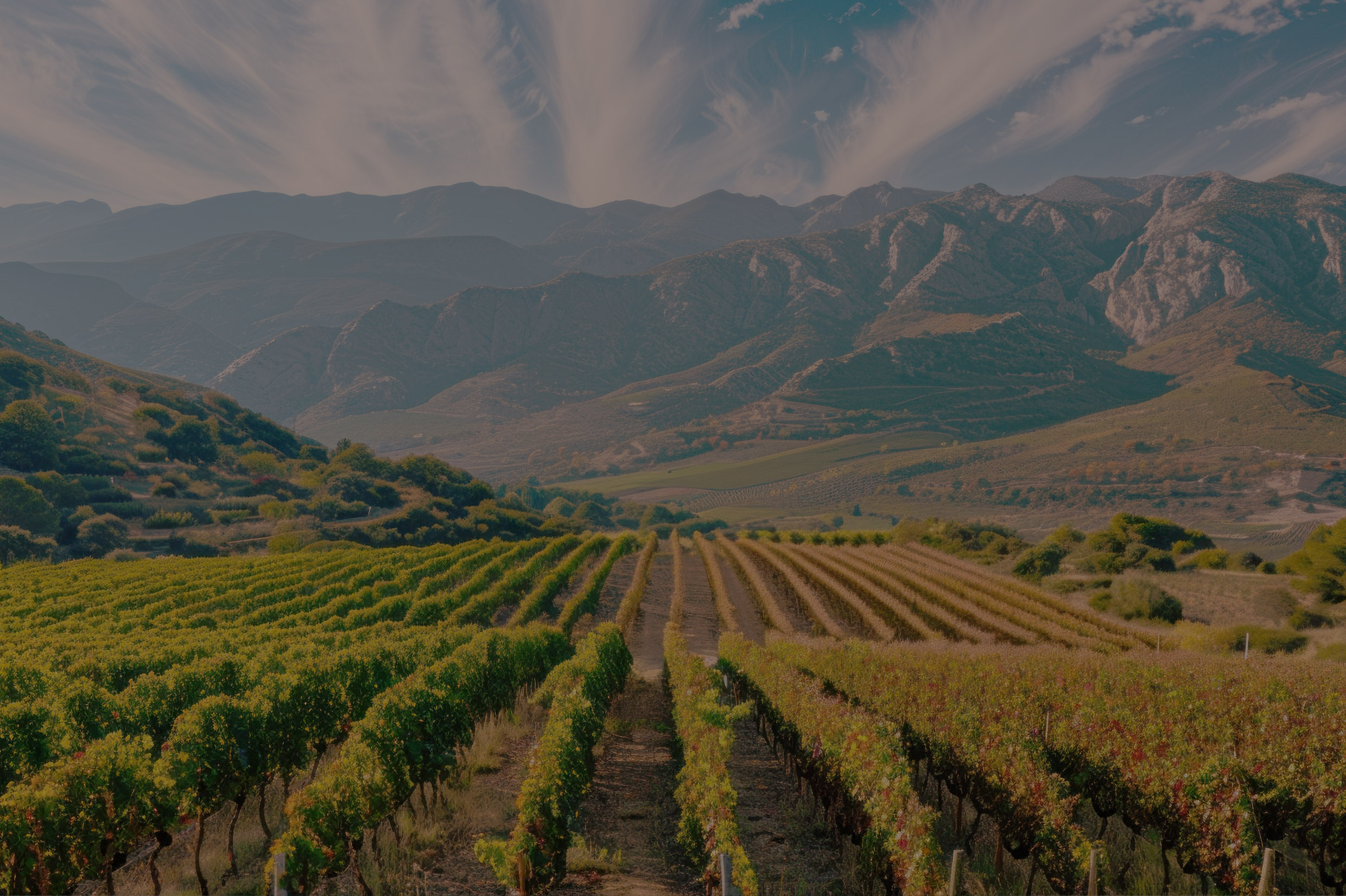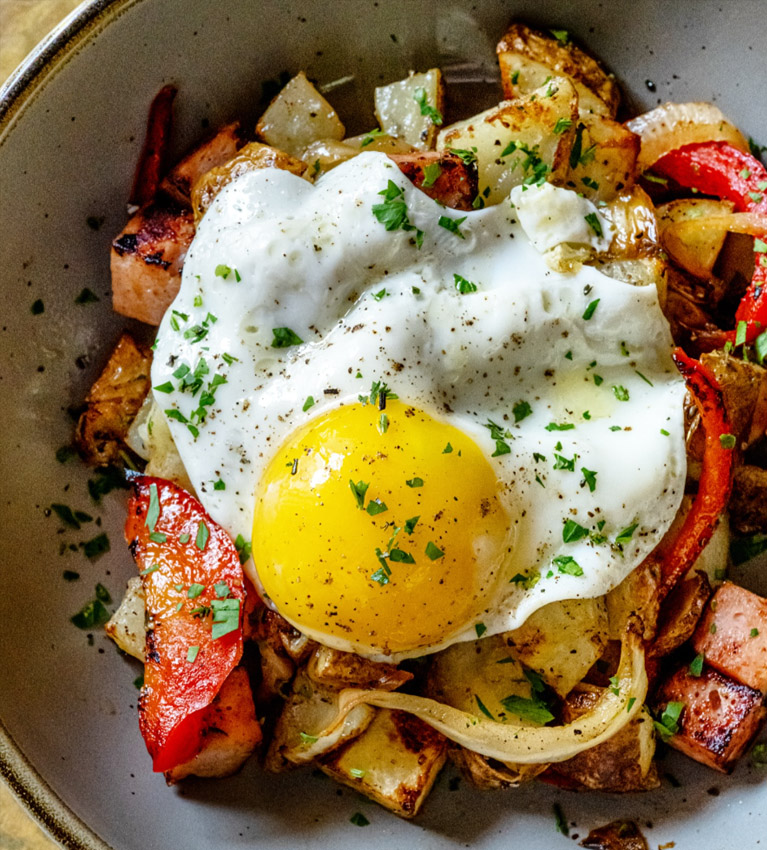
Old World vs New World Wines

Standing Out in Malta’s Crowded Market
June 15, 2025
Steering Malta’s Tourism
June 21, 2025Could the newcomers be the answer we were looking for to improve Malta’s wine lists? Andrew Azzopardi poses the question.
The debate between Old World and New World wines is an old one, much like the bottles gathering dust on some of Malta’s restaurant wine lists.
Tradition versus innovation, restraint versus exuberance, terroir versus technique- it’s the stuff of endless dinner table arguments. But let’s cut through the nonsense.
The truth is, we are living in a golden age of wine where quality is unprecedented, and if your list doesn’t reflect that, it’s time to rethink what’s on offer.
France and Italy, of course, remain the benchmark for fine wine. That’s undeniable. Bordeaux, Burgundy, Champagne, Tuscany and Piemonte are the names that have defined quality for centuries.
But if we cling to them blindly while ignoring the exceptional wines coming out of the New World, we’re doing our customers (and our margins) a disservice.
Take Pinot Noir, for example. Burgundy is the Holy Grail, the vinous equivalent of haute couture - elegant, layered, and often eye-wateringly expensive. But here’s the thing: while great Burgundy demands patience (and deep pockets), New Zealand and Oregon are quietly making some of the most thrilling Pinot Noirs on the planet at a fraction of the cost.
More importantly, they’re often more enjoyable in their youth - fresh, vibrant, and utterly delicious from the first sip. If you’re only pouring overpriced, underwhelming Burgundy because 'that’s what people expect,' you’re missing a trick.
Then there’s Shiraz. For years, we’ve been subjected to oceans of cheap, syrupy Australian Shiraz, the kind that’s so jammy it feels like someone melted a jar of Ribena into your glass. No wonder some have written it off entirely - and I admit to having fallen into this trap for a while.
But dig deeper, and you’ll find wines of astonishing complexity and depth. Think Barossa Valley with its brooding, structured reds or the more elegant, peppery styles coming out of cooler regions like the Yarra Valley and Heathcote. If you’re serving steak, swap the supermarket plonk for a well-made Aussie Shiraz, and you’ll wonder why you ever dismissed it in the first place.
And what about bubbles? Champagne is, of course, the undisputed king of sparkling wine. But let’s not pretend it has no competition. English sparkling wine is no longer a novelty; it’s a serious player. The chalky soils of Sussex and Kent are eerily similar to those of Champagne, and the results are now speaking for themselves.
No, English fizz isn’t cheap, but if you’re charging a premium for mediocre Prosecco when you could be offering something genuinely world-class, you might want to reconsider.
The problem, if we’re honest, is that we’ve been inundated with cheap New World wines for so long that many have come to associate 'New World' with 'budget-friendly.' Yes, countries like Chile, Argentina, and South Africa produce excellent value wines, but that’s only part of the story.
The New World’s top wines- ones we rarely see in supermarkets or on Malta’s restaurant lists- can easily go toe-to-toe with the finest the Old World has to offer. Taste a high-end Napa Cabernet next to a classified Bordeaux, and I guarantee you’ll start to question your loyalties, Napa Cabernets have come a long way from over-oaked and over-extracted juice. Compare a premium South African Chenin Blanc with a Loire Valley counterpart, and you might just find yourself pleasantly surprised.
It all boils down to this: we have more access to great wine than ever before, but are we making the most of it? Too many wine lists are playing it safe, sticking to the same predictable selections without considering how much the landscape has evolved.
The best restaurants understand that wine is more than just an afterthought - it’s an opportunity to elevate the dining experience, to surprise, and to delight.
So, here’s a challenge. Look beyond the usual suspects. Seek out the New World wines that never make it to the bargain bins. Your customers will thank you, your margins will thank you, and who knows - you might even start enjoying your own wine list a little more, too.

Andrew Azzopardi
Andrew is a wine professional with over a decade of experience in the fine wine industry. Founder and CEO of the specialist premium wine company, Vintage ’82 Ltd, he has spent several years supplying some of the largest superyachts on the planet with ultra-luxury wines. He also featured in the Netflix series of ‘Below Deck Mediterranean in 2021 and was awarded ‘Best Male Entrepreneur of the Year 2023’ .
Click here to see Horeca Issue 19 online



